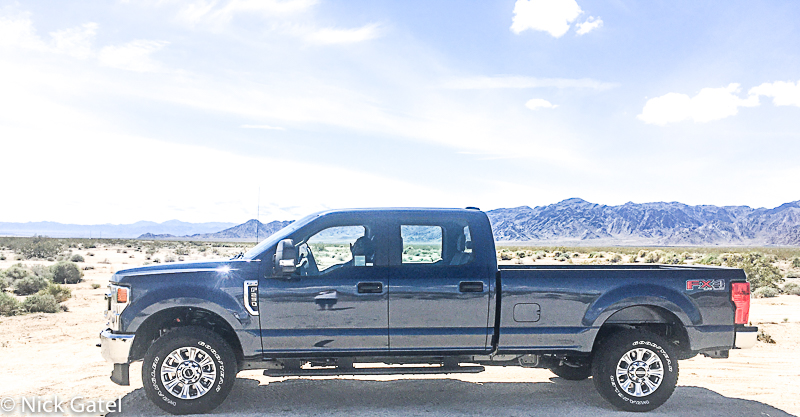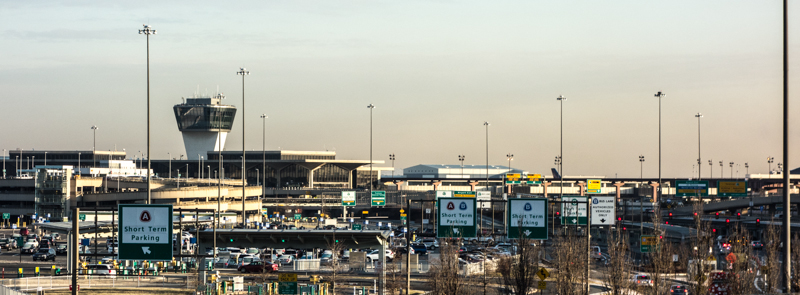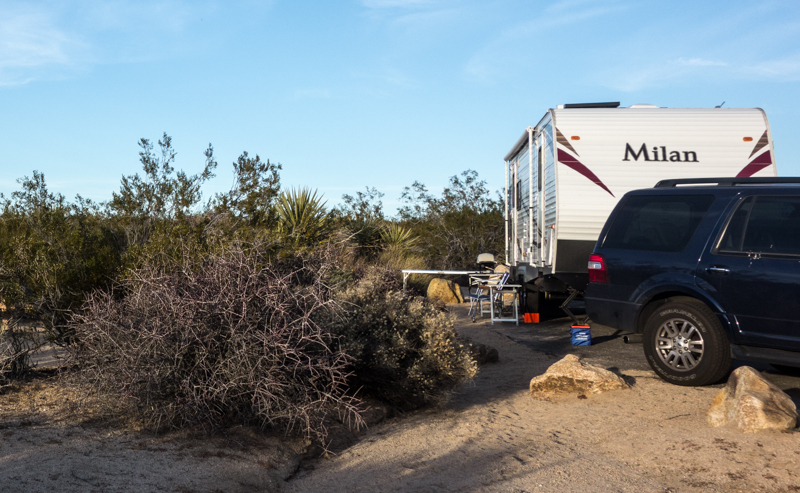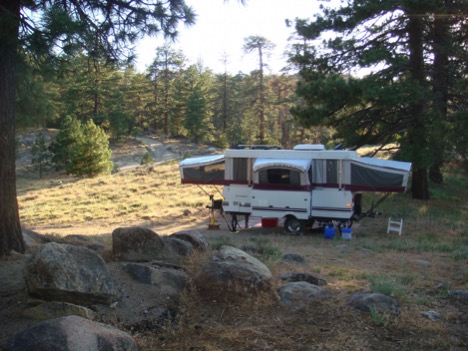
How long are you willing to drive for a backpacking or camping trip?
Over the decades I have observed many people arriving at a campsite on a Friday night well after dark. Frequently it is a family with children and they spend considerable time setting up tents and other camping gear. On Sunday morning they are up early packing up and often leave the campground before we even get up. Seems like a lot of logistics and time for a 64 hour camping trip.
I will share some thoughts on the subject and outline my strategies.
I am not being critical
Fact is most people who live in urban areas (over 80% if the US population) are not close to a public campsite (federal, state or county), which to me, would be in a remote area. Having to drive at least a couple of hours to a suitable campground would not be unusual.
Many people need leave after work or school on a Friday and return on Sunday. So the question, how long are you willing to drive often becomes, are you willing to drive several hours or just stay home?
Kudos to those that choose to drive and spent a limited amount of time, instead of just staying at home.
Our Current Camping “Rules”
Since I started this post from campground observations, I’ll discuss our camping trips, then go on to my backpacking “rules.”
Now that we are retired, almost all of our trips are a minimum of two weeks. Not uncommon for us to do a month-long trip, come home for a few days, then go back out for another trip or two. Before we were retired, we did many weekend trips.
What we used to do
First of all, we live within a hour of many great camping sites. With a two-hour one-way radius we have substantially more places to go. Plus traffic isn’t a concern. We are among the less than 20% of Americans who do not live in an urban area — this is by design.
Because we are so close to many great camping opportunities we usually went camping over 100 nights per year, which didn’t include all my backpacking trips, even though we both had full-time jobs. This inspired me to write this post back in 2013, Managing Your Recreation Inventory.
Arrival Time
Generally I dislike setting up in the dark so most of our trips entailed getting to a campsite before dark. This was easy for most of the year, but not during the winter.
The eighteen years prior to my retirement I worked from home (today we call it remote work). When not working at home, I was traveling all over the US. Traveling made it easy to get home early on a Friday afternoon, especially since my corporate office was in Michigan. If I got home at 2PM it was 5PM at the corporate office and those folks were leaving for their weekend.
Joyce worked less than 2 miles from our house and always worked more than 40 hours per week. Her supervisors over the years always were supportive in her getting off early on a Friday.
Here is a trip report where I left Newark Airport (New Jersey) at 11:45 EST

and we arrived at our campsite before dark on a January day.

Arrival Time Option for Remote Work
When we would go camping for a weekend, and I was schedule to be in my home office (about 6 months every year) it was common for me to leave on Wednesday afternoon and head out to our campsite alone. Keep in mind that most of these places were an hour or so from our house.
Often our campsites did not have cell phone service. On these Wednesdays I would stop to check email and deal with any pressing communications before losing connectivity. Early Thursday morning I would drive to an area where I could do email or make phone calls, and then go back to the campground for the day, working as needed at the campsite. Again, at the end of the day I would leave to check for email and voice mail. Keep in mind that these trips were generally 20 minute drives or less, each way. Then Friday morning I would drive home and work from my office.
When Joyce got home from work on Friday we would then drive to our campsite. She appreciated this strategy since once at the campground there was no setup work to be done. We could immediately enjoy our time off.
Leave for Home Late on Sunday !
Campgrounds usually have a check out time at around noon.
However if you camp in dispersed areas (boondocking), there is no check out time!

Another option if one is camping at an actual campground is to pay for an extra night and then leave late Sunday afternoon. This used to be standard operating procedure for us when staying at an actual campground.
What About Longer Camping Trips?
I applied the “Arrival Time” strategy to these trips too.
For a week-long trip, I wanted to arrive before dark. I was willing to drive a full day each way. For longer trips we were willing to drive two days each way with a quick overnight stay in a campground about half way to our destination. These kinds of trips needed to be at least 2 weeks in duration.
Backpacking
The Sub 24 Hour Backpacking Trip
I don’t do these anymore since I retired. But I used to do this often, especially during business trips. Sometimes I would get to the trailhead late afternoon, which gave me at least a couple of hours of hiking time before dark. Here are a couple trip reports . . .
Backpacking the Cedars of Lebanon
Short Trips (2-3 nights)
For these trips I like to get to the trail head before noon, with 10AM or earlier preferable. This gives me nearly a full day of hiking on day one. Where I live, there are more remote areas to explore than I have time to visit.
Longer Trips
If I need to drive more than a day to get to a destination, I often combine the backpacking trip with other activities, which usually means visiting friends and/or family. So a week long backpacking trip becomes a two week road trip.
I have done a few two or three night trips that required two days of driving each way. These trips were with friends who live far from me. Fortunately I normally prefer to hike solo, so finding a hiking partner is not a big priority. On all of these trips I have also been able to spend additional time visiting people I haven’t seen in a while.
Here are a few of them . . .
How friends turned rain and cold into fun and then some solo time alone
Up and Down in the Trinity Alps
Type 2 Fun in the Yolla Bolly Wilderness
Additional Thoughts
Some people might find it helpful to read about the strategies, planning, and activities Joyce and I engage in when it comes to camping. Much of this can possibly be used for other pursuits also.
For me the goal in life is to spend as much time outdoors as possible. Camping or backpacking, it doesn’t matter which it is. Backpacking requires that I go alone because Joyce isn’t going backpacking. Joyce enjoys camping with me, so I camp more than I backpack, but I do get to backpack more than most hikers I know. What I do very little: is spending my free time at home. That is my main strategy.
There are campers and backpackers who do not attach as much importance to these outdoor activities as I do. That is fine. Everyone is, and should be, different.
Camping Strategies, Planning, and Activities